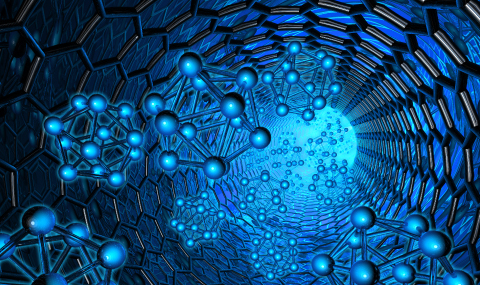We pioneered an approach that has become key to the advent of quantum technologies: quantum information processing, transfer and storage in hybrid systems comprised of diverse blocks integrated on chips: superconducting (SC) qubits coupled via a microwave resonator to ensembles of ultra-cold atoms or NV-center spins. Strong coupling between these blocks is mediated by the microwave transmission-line resonator that interacts near- resonantly with the atoms or spins, either via a magnetic-dipole transition or by a Raman process, via their optically excited states. Such hybrid systems allow us to benefit from the advantages of each block and compensate for their disadvantages. Specifically, the SC qubits can rapidly implement quantum logic gates, but are “noisy” (prone to decoherence) while collective metastable states of the atomic or spin ensemble are “quiet” (protected from decoherence) and thus can be employed for long-term storage of quantum information. To improve the overall performance (fidelity) of such devices we propose dynamical control to optimize quantum state transfer from a “noisy” (write-in) qubit to its “quiet” counterpart (storage ensemble).
Significant improvements of the overall fidelity of hybrid systems are expected under realistic coditions. In particular, hybrid devices may allow higher fidelity of storage than high-Q cavities.
Bath-mediated transfer of quantum information: The ability to transfer an unknown quantum state between nodes where the quantum information (QI) can be reliably stored and/ or processed is at the heart of QI processing and communication schemes. Since practically any medium connecting distant nodes corrupts the QI, one commonly resorts to probabilistic quantum repeaters, effected by conditional measurements: only the desired outcomes are kept while the undesired outcomes are discarded. Such protocols are severely constrained by high qubit-overhead and long average duration of successful QI transfer. It is clearly desirable to resort to deterministic protocols whenever possible. Here we advocate the possibility of such protocols, whose high success rate relies on dynamical control that is optimally adapted to the medium.
Our publications on these issues:
Kurizki, G; Bertet, P; Kubo, Y; Molmer, K; Petrosyan, D; Rabl, P; Schmiedmayer, J (2015).Quantum Technologies With Hybrid Systems. Proceedings of the National Academy of Sciences of the United States of America. 112:3866-3873
Zwick, A; Alvarez, Ga; Bensky, G; Kurizki, G (2014). Optimized Dynamical Control of State Transfer Through Noisy Spin Chains. New Journal of Physics. 16
Bensky, G; Amsuss, R; Majer, J; Petrosyan, D; Schmiedmayer, J; Kurizki, G (2011).Controlling Quantum Information Processing in Hybrid Systems on Chips. Quantum Information Processing. 10:1037-1060
Bensky, G; Petrosyan, D; Majer, J; Schmiedmayer, J; Kurizki, G (2012). Optimizing Inhomogeneous Spin Ensembles For Quantum Memory. Physical Review A. 8
Escher, B; Bensky, G; Clausen, J; Kurizki, G (2011). Optimized Control of Quantum State Transfer from Noisy to Quiet Qubits. Journal of PhysicsB Atomic Molecular and Optical Physics. 44 Escher, Bm; Bensky, G; Clausen, J; Kurizki, G (2011).

